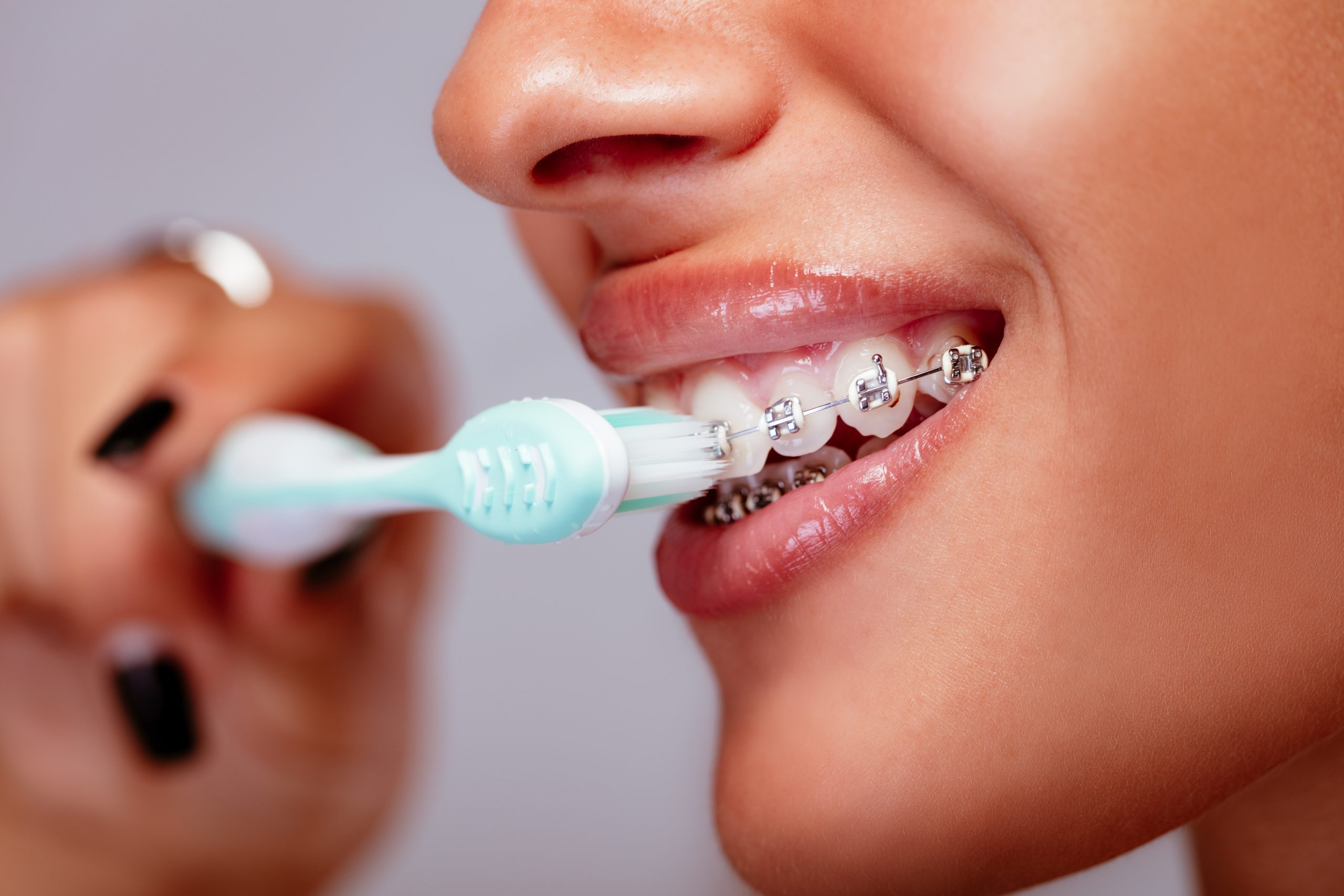It is usually difficult for you to determine if treatment is necessary because there are many problems that can occur even though the front teeth look straight. Also, there are some problems that look intimidating and complex which will resolve on their own. Asking your general dentist is good reference, but we are your best resource since orthodontics is all we do. Our initial exam is complimentary and we would be more than happy to see your child and make any recommendations necessary.
Although determining if treatment is necessary is difficult for you to assess, the following symptoms may help in prompting you to seek our orthodontic advice.
Ask your child to open their mouth, and let you look at their teeth. If you see any signs of crooked teeth, gaps between your child’s teeth or overlapping teeth, your child may need orthodontic treatment.
Ask your child to bite all the way down, but keeping their lips open so you can see their teeth. Do the front top teeth line up with the bottom? Do the top teeth protrude out away from the bottom teeth? Do the top front teeth cover more than 50% of the bottom teeth? Are the top teeth behind the bottom teeth? All these are indicators for potential orthodontic treatment.
Look at the alignment of your child’s jaw. Does the jaw shift off center when your child bites down? If you see any misalignment or shifting of the jaw, your child may have a skeletal problem, which requires early orthodontic intervention.
These are only some of the obvious symptoms of orthodontic problems.
The American Association of Orthodontists recommends that your child be evaluated by age 7. Early detection of some orthodontic problems is important in order to take early corrective action and avoid more difficult treatment later.
Orthodontic treatment has improved dramatically. As a rule, braces make your teeth sore for a few days, but it is not painful. This annoyance can be relieved with an over-the-counter pain reliever. Today’s braces are smaller, more comfortable and use technology that reduces the discomfort. We use the latest in miniature braces and the highest quality of orthodontic materials in order to reduce discomfort and treatment time.
Phase I or Interceptive Treatment usually starts while the child has most of their baby teeth and a few of their permanent front incisors. This stage in development is usually about the age of 7. The goal of Phase I treatment is to intercept a moderate or severe orthodontic problem early in order to reduce or eliminate it. These problems include skeletal dysplasia, crossbites and crowding. Phase I treatment takes advantage of the early growth spurt and turns a difficult orthodontic problem into a more manageable one. This helps reduce the need for extractions or surgery and delivers better long term results and treatment options. Most Phase I patients require a Phase II treatment in order to achieve an ideal bite.
Phase II treatment usually occurs a number of years later. Usually we are waiting for 12-16 more permanent teeth to erupt before Phase II begins. This most commonly occurs at the age of 12 or 13. The goal of Phase II treatment is to achieve an ideal occlusion with all of the permanent teeth.
This is another name for orthodontic treatment in the permanent dentition at any age. It is more commonly used when a Phase I treatment was not performed.
Absolutely not! Only certain bites require early intervention. All others can wait until most if not all their permanent teeth erupt.
This is not recommended. If your child needs Phase I treatment this usually means that he has a difficult problem that requires attention now. If no orthodontic action is taken, treatment options become limited, more difficult, and the long-term stability may be compromised. In addition, it may lead to extractions, oral surgery and increased costs.
Braces may be on between 6 months to 30 months, or longer depending on the age of the patient, the severity of the problem, the patient’s cooperation, and the degree of movement possible.
Extraction therapy is a technique where some teeth are removed to make room for the other teeth in your child’s mouth. This is in contrast to non-extraction therapy where one expands a patients’ jaw and shave down some teeth to make everything fit.
When orthodontic treatment is implemented at the proper time, treatment is often less costly than the dental care required to treat the more serious problems that can develop years later.
The cost of your orthodontic treatment will vary depending on your individual needs and treatment plan. Our team will discuss with you the cost of your treatment and each of your available payment plan options, and will work with you to create a payment plan that fits your budget.
